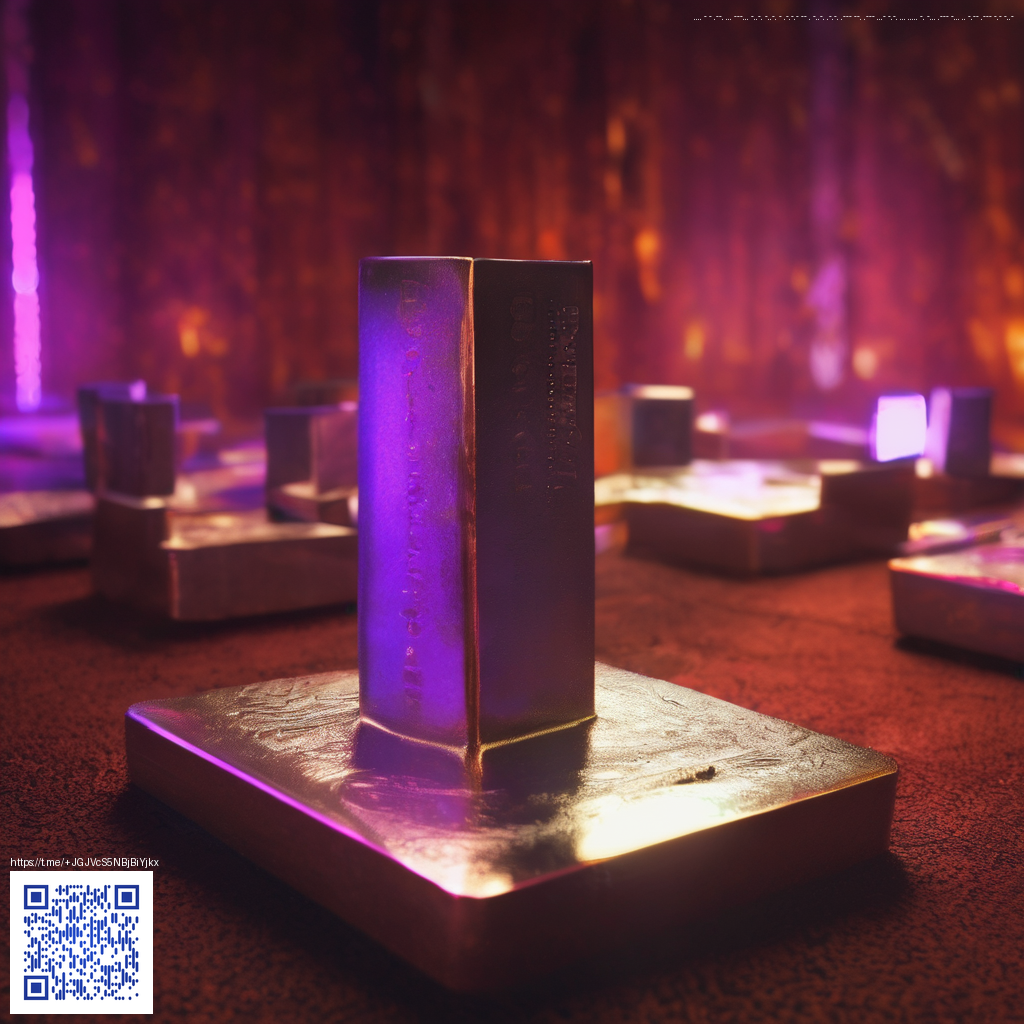
DAI and the Story of a Decentralized Stablecoin
DAI is not just another token in the crypto ecosystem; it represents an ambitious attempt to engineer currency stability without a central issuer. Created by the MakerDAO project, DAI is designed to maintain a 1:1 peg with the U.S. dollar through decentralized collateralization and on-chain governance. From its early days as a single-asset stablecoin backed by ETH to its current multi-collateral framework, DAI’s journey mirrors the broader evolution of decentralized finance (DeFi) itself: more resilience, more nuance, and more room for community-driven experimentation.
At its core, DAI is minted when users deposit crypto into smart contracts called Vaults and borrow DAI against that collateral. The system relies on over-collateralization—borrowing more than you mint—to create a cushion against abrupt market moves. If the value of the collateral dips, automated processes trigger auctions or liquidations to preserve system health. In practice, this means DAI’s stability depends on a delicate balance of incentives, risk controls, and active participation from MKR holders who govern the protocol.
How the mechanism stays anchored to a dollar
Two pillars keep DAI anchored in place: collateralization and governance. The collateral acts as the guarantee for the issued DAI, while MakerDAO governance—comprised of MKR token holders—updates risk parameters, adds new collateral types, and adjusts economic levers. This structure allows DAI to adapt to changing market conditions without a single centralized authority pulling the strings. A resilient peg is not guaranteed, but it is designed to be sustainable through mechanisms that align incentives for borrowers, lenders, and voters alike.
“The peg resilience comes from discipline: over-collateralization, prudent risk management, and active on-chain governance that can respond when markets move.”
Users interact with DAI for payments, lending, and as a hedge within volatile markets. Because DAI is minted against real crypto collateral, its stability is more about system-wide risk control than a single issuer’s balance sheet. This philosophy resonates with the broader DeFi ethos: reduce reliance on intermediaries while expanding access to programmable money. If you’re visually mapping these ideas, you might compare DAI’s architecture to a well-designed gadget—one that blends utility with robust engineering. For a tactile example of how style and function meet on the go, you can check out a product like the neon phone case with card holder, which demonstrates how thoughtful design complements practical use in everyday tech accessories.
A brief look at the MakerDAO timeline
- 2017–2018: The idea of a decentralized stablecoin takes shape, centered on smart contracts and collateral-backed minting.
- 2019: The system migrates from single-collateral DAI (primarily ETH) to a multi-collateral framework, expanding the toolbox for stability.
- 2020: Market stress tests the ecosystem; DAI continues to hold its peg despite extreme volatility, underscoring the importance of risk controls and governance.
- 2021–2024: Governance experiments, new collateral types, and ongoing risk parameter updates refine the stability model and broaden the DAI ecosystem.
- 2025 and beyond: The trajectory focuses on stronger governance processes, diversity of collateral, and enhanced user-facing tools to democratize participation in the system.
For readers who want to place this history in a broader context, the narrative is as much about governance as it is about collateral. MKR acts as a risk-bearing incentive—voters can adjust the stability fee, DSR-like mechanisms, and debt ceilings to calibrate supply and demand for DAI. The result is a dynamic, community-led approach to currency stability that continues to evolve with the DeFi landscape.
While the arc is compelling, it comes with caveats. DAI’s stability depends on the continued health of the collateral markets, the reliability of price oracles, and the willingness of the MakerDAO community to adapt to new risks. As with any crypto asset, informed participation and careful risk assessment remain essential for users and builders alike.
For readers exploring the deeper layers of DAI’s history, imagine tracing the lineage of a currency that began as a bold experiment and grew into a robust, governance-driven financial primitive. The journey is ongoing, and every governance proposal, new collateral, or parameter tweak adds another line to the story of decentralized money.